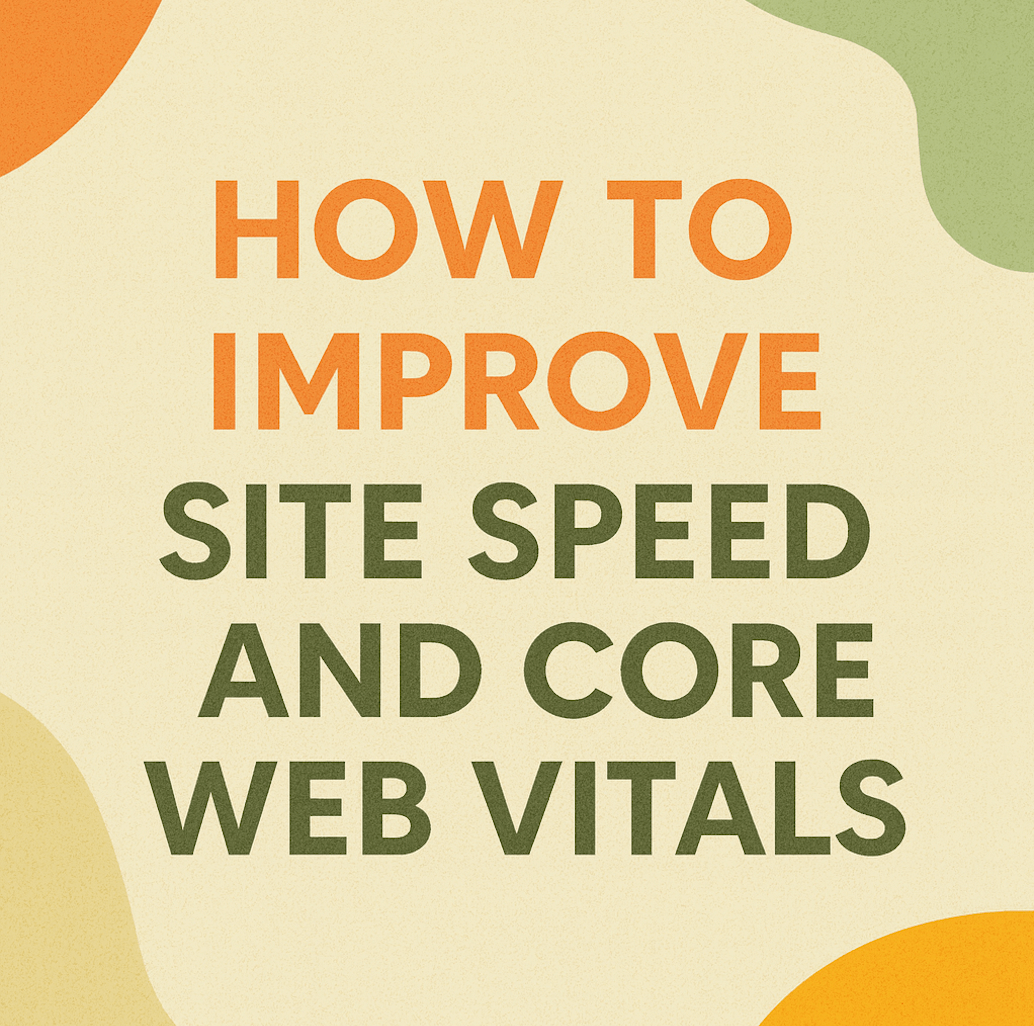Content Strategies for Generative AI Search
Background
Generative AI search uses large language models to summarise information from multiple sources into concise answers. Google’s AI Overviews have been used billions of times, and they deliver quick answers along with links to learn more. To stay visible in this new search experience, you need strategies that make your content easy for AI to understand and summarise.
Understanding Generative Search
Generative AI search leverages advanced models to synthesise information from multiple pages and present a cohesive answer to a user’s query. Unlike traditional search results that list pages, generative results aim to deliver the right information quickly and guide users to deeper content through links.
Key aspects:
AI summarises content from various pages to answer user questions directly.
Links within AI Overviews receive more clicks than conventional listings.
The feature is rolling out to billions of users and will include personalisation and multi-step reasoning.
Unlike standard snippets, generative results aim to address complex queries and guide users through tasks.
Optimizing Content for Generative Search
To prepare your content for generative AI search, you need to structure it in a way that AI systems can easily understand. This includes clear language, organised sections and metadata that conveys context.
Answer common questions clearly and succinctly at the beginning of your content.
Use structured data like FAQ and HowTo schema to provide context.
Organise information using lists, tables and headings to make it easy to parse.
Update content frequently to ensure accuracy and relevance.
Demonstrate expertise and trust by citing reputable sources and including author credentials.
Enhancing User Engagement & Trust
User trust and engagement are crucial for AI-driven search experiences. Content with clear authorship, interactive elements and varied formats can signal reliability and keep users engaged.
Encourage comments, reviews or ratings to foster community interaction.
Provide clear author bios, contact details and company information.
Ensure your site is accessible and loads quickly; performance improvements increase visitor satisfaction.
Offer diverse formats like videos, infographics and downloadable guides.
Maintain a consistent tone and style that reflects your brand identity.
How To Measure Success in AI Search
As generative search continues to evolve, monitoring your performance helps you understand which pages are featured in AI Overviews and what adjustments you should make to maintain visibility.
Look for your content in AI Overviews by performing searches related to your topics.
Use analytics tools to monitor changes in traffic and engagement after generative features launch.
Stay updated with announcements from search engines about new reporting capabilities.
Adjust your strategy based on what content appears in summaries and how users respond.
Frequently Asked Questions
-
Generative search changes how visibility is earned online. Instead of competing for ten blue links, your content is now judged by how clearly it answers multi-step, conversational questions that AI models can summarize. Traditional SEO still matters—E-E-A-T signals, backlinks, and crawlability remain foundational—but context density and semantic clarity are now top priorities. Content that anticipates user intent, provides verified sources, and includes schema markup stands a higher chance of being cited in AI overviews. To future-proof your SEO, blend keyword targeting with entity optimization, clear summaries, and structured formatting that AI models can interpret confidently.
-
AI-readable content uses explicit structure and consistent semantics. Start with scannable headings (H2–H3), followed by concise answers to user questions. Add schema types like FAQPage, HowTo, or Article so AI can interpret hierarchy and relationships. Keep paragraphs under 120 words and use active voice. Incorporate internal links that explain context and cite credible external domains to enhance authority. Generative AI systems analyze topical depth, coherence, and factual stability—so factual precision and semantic organization determine whether your content is summarized, cited, or skipped entirely in AI-driven search results.
-
AI Overviews prioritize factual, well-structured, and balanced content. To optimize, begin each section with a short summary that answers the question directly, then expand with context. Use bulleted lists, statistics, and citations formatted consistently to help AI parse relationships. Add schema and meta descriptions that mirror natural-language search phrases like “how generative search works” or “content strategy for AI visibility.” Regularly update posts to reflect current AI features and datasets. This layered approach increases your chances of being featured in both the “learn more” links and the visible summary text of Google’s AI Overviews.
-
Tracking generative visibility requires a hybrid analytics setup. Monitor your brand mentions in AI Overviews manually through SERP testing, or use tools like BrightEdge Copilot, SEO.ai, or SGE dashboards to identify where your content is surfaced. Pair this with engagement data—click-through rate, dwell time, and branded search lift—to gauge impact. Create an internal “AI Appearance Score” that tracks when your content is cited versus merely linked. Over time, correlate those appearances with organic growth metrics to confirm your content’s reach within generative and traditional search ecosystems.
-
High-performing content combines authority, clarity, and conversational relevance. Educational guides, Q&A formats, data-backed insights, and how-to frameworks consistently appear in generative results. Long-form posts that layer contextual sections—definition, process, examples, and sources—tend to earn citations from AI engines because they provide complete, verifiable narratives. Multimedia formats like infographics or videos can strengthen engagement signals that indirectly influence AI ranking models. Above all, prioritize information gain: content that helps users complete a task or understand a concept in fewer steps is favored by both generative engines and Google’s evolving AI-driven SERPs.




